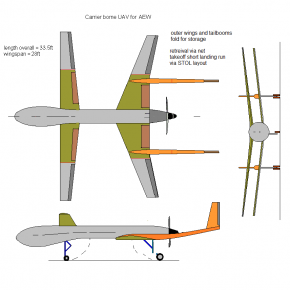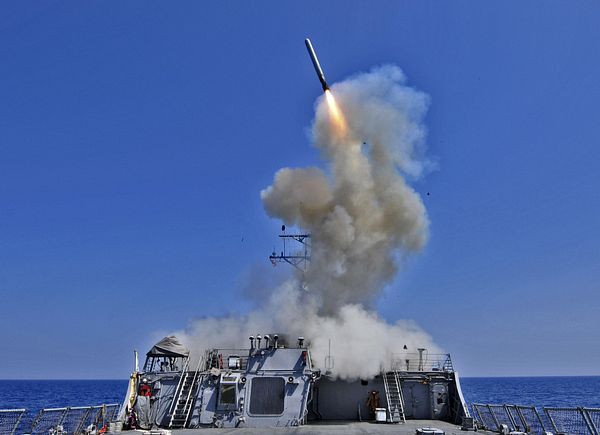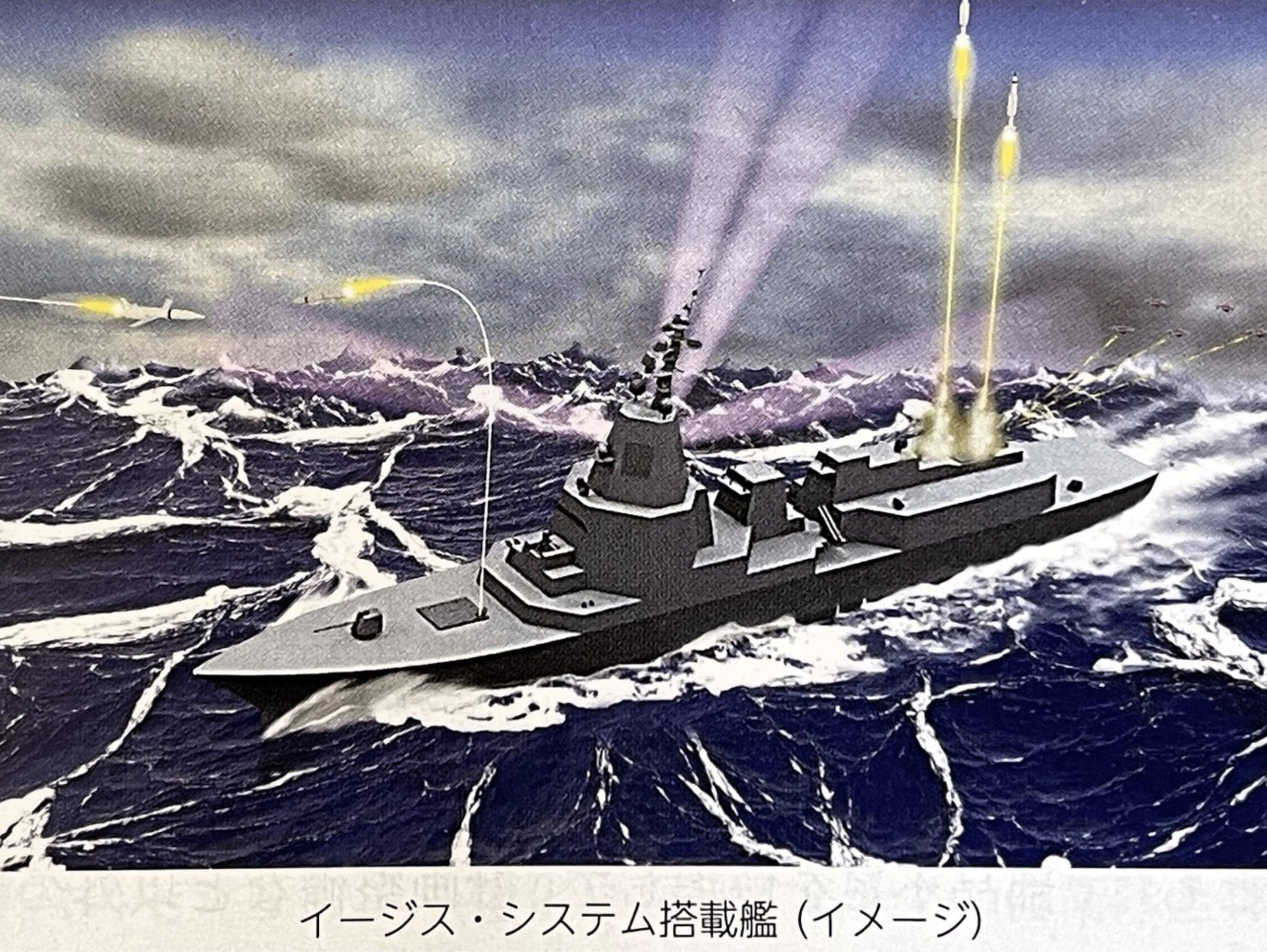I hope the members do not mind too much,, if I take a break from the normal posts,, and do something different.
I have been thinking about a small AWACs type aircraft for many years,, something reasonably small,,light,, with very low landing speed, able to be recovered by a net on the stern of a large ship,, launched off the bow with a very short takeoff run...
Anyway I drew something up ten years ago,, I post if here today, just a once of curiosity, then I leave you to it, The only change after ten years is to go from turbojet to turboprop.. I think that if something after then years thought is almost unchanged,, maybe is not all bad
Some serious thoughts about a sensor capability for the Australian Navy. At present long range sensors are limited, options include Global Hawk, Wedgetail and P3C Orion. All are expensive platforms and are deployed in limited numbers. The hope that there would always be an one of these aircraft on hand to support a fleet would seem problematic, even more so if the fleet is working far away.
One option would be to always attach surface vessels to the American Carrier Battle Group, and use the air power of another nation to provide situation awareness at long range. However this might not always due to political or availability issues.
One solution might be a small ship borne AEW capability, examples at moment are the EH101 AEW helicopter of the Royal Navy. This solution does work, however it is expensive to purchase and operate, the large helicopter uses a lot of fuel which would affect fuel supplies on board. Additionally the manned helicopter has limited ceiling, and limited endurance. An unmanned helicopter or unmanned tilt rotor aircraft might be superior, with lower weight and cost.
An unmanned platform can be much lighter, smaller and additionally uses closer to potential threats as loss of a drone is far less damaging than is the loss of service personnel
A fixed wing platform has advantages over a rotor platform in being having much greater endurance, and able to fly higher, permitting greater radar range due to the curvature of the earth.
The problem is that the Navy really lacks the capability to launch and recover fixed wing aircraft.
However IMHO there is a solution. Small STOL aircraft unmanned with carrying an air search and surface search radar. One solution is the General Atomics Mojave STOL aircraft. However this aircraft may well be able to launch are recover from the Queen Elizabeth Class Carriers, but is almost certainly too large to recover on the Canberra class LHDs of the Australian Navy.
Perhaps something similar to the Mojave but smaller and with an even shorter take off and landing distances would be suit well. In order to get ever shorter takeoff and landing distances, takeoff and landing speeds need to be reduced. One way is to reduce weight and accept less operational range and less endurance. Another way is to increase wing area creating greater lift.
Wing area can be increased by having a longer wingspan, however the Canberra class has a relatively narrow flight deck, and the less that is used the better. Thus a very compact design in terms of overall dimensions has great advantages. Ideally the UAV would be able to travel from the rear of the LHD to near the bow, whilst passing helicopters parked off the center line
In terms of endurance long thin wings are most efficient and give long endurance. However the low speed fixed wing UAV platform is already highly efficient and there is plenty of room for compromise here. An example of a highly efficient low speed UAV platform is the General Atomics Predator, able to remain on station up to 24 hours. A UAV with shorter stubbier wings will be less efficient, however because the starting endurance of 24 hours is so high, there is plenty of scope for compromise in this area.
So what layout can give large wing area, low stall speeds, high lift and compact dimensions? The two classic designs that come to mind are the biplane and the tandem wing. Both have the advantage of a lof of wing area in a small size, and high lift. Obviously both are out of fashion now as they are not as efficient as monoplanes, however monoplanes very rarely face the constraints of very small overall dimensions which is the case in this very specific scenario. A Cessna type aircraft has for example a wingspan of about 36ft
The Canberra class does not have arrestor wires, so how would the UAV be recovered? I propose a net at the stern with vertical rubber bands. This has been used on smaller drones before, however there is no reason it could not be scaled up to some degree. The vertical strips would obviously get in the way of a puller propeller, thus a pusher setup would be needed, the prop may well need to be shrouded.
If the landing speed could be reduced to say fifty knots with full flaps and with the UAV light on fuel, then with the ship going forward, the relative speed of the UAV compared to the ship could be around 20 knots, or approximately 40km an hour of 11 meters per second. If deaccelleration is at a modest 2G this gives a landing run of three meters, a deacceleration of one G gives a landing run of 6 meters. Obviously there needs to be some contingency, landing speeds may need to he higher to take into account gusts, unexpected tailwinds, however a landing run of 15 to 20 meters should be well sufficient. maths formula here v squared equals 2as
The vertical rubber strips would need to be positioned somehow. One potential mechanism is to have two wires supported by two columns. The wires could be rubber which has give, another menthod might be a stiffer material than is tensioned and released by spinning the columns, laying out and retrieving wire, controlled by electronics to give the smoothest and low force recovery possible.
When choosing between biplane and tandem wing, IMHO the tandem wing has greater appeal in carrier operations due to large aft and forward control surfaces giving greater maneuverability, which is very useful when landing at low speed, when gusts might affect the glide slope. The tandem wing also permits the attitude of the aircraft to be somewhat independent of the direction of travel. What this means is the aircraft can fly front up aft low and fly horizontal, or fly front down with the aft section high and still fly horizontal. However more useful the tandem wing layout permits the aircraft to fly with a perfect horizontal attitude whilst descending down a glide slope. Thus the last second flare, usually found on landings would not be needed
lastly tandem wing aircraft are not new. One example is the Miles Libellula Tandem Wing aircraft from 1942. Flight characteristics where said to be indistinguishable from conventional aircraft.
My proposal I first drew up ten years ago, I put in online just for fun but never really promoted it. I have come back to it after ten years, and have made one change, and that is to replace the turbofan engine with a turboprob, which is better suited to low speed, longer endurances missions. I set dimensions at a wingspan of 29ft and a length of 33ft. The ability to fold wings and tail booms would be useful, allowing for a more compact aircraft to store onboard. Weights is getting a little problematic and getting into guesswork. Very rough numbers might be a fully loaded weight of 2000kg and an empty weight of 1000kg. The extra wing area on similar weights should give lower landing speeds and takeoff speeds compared to the conventional UAV mentioned above





